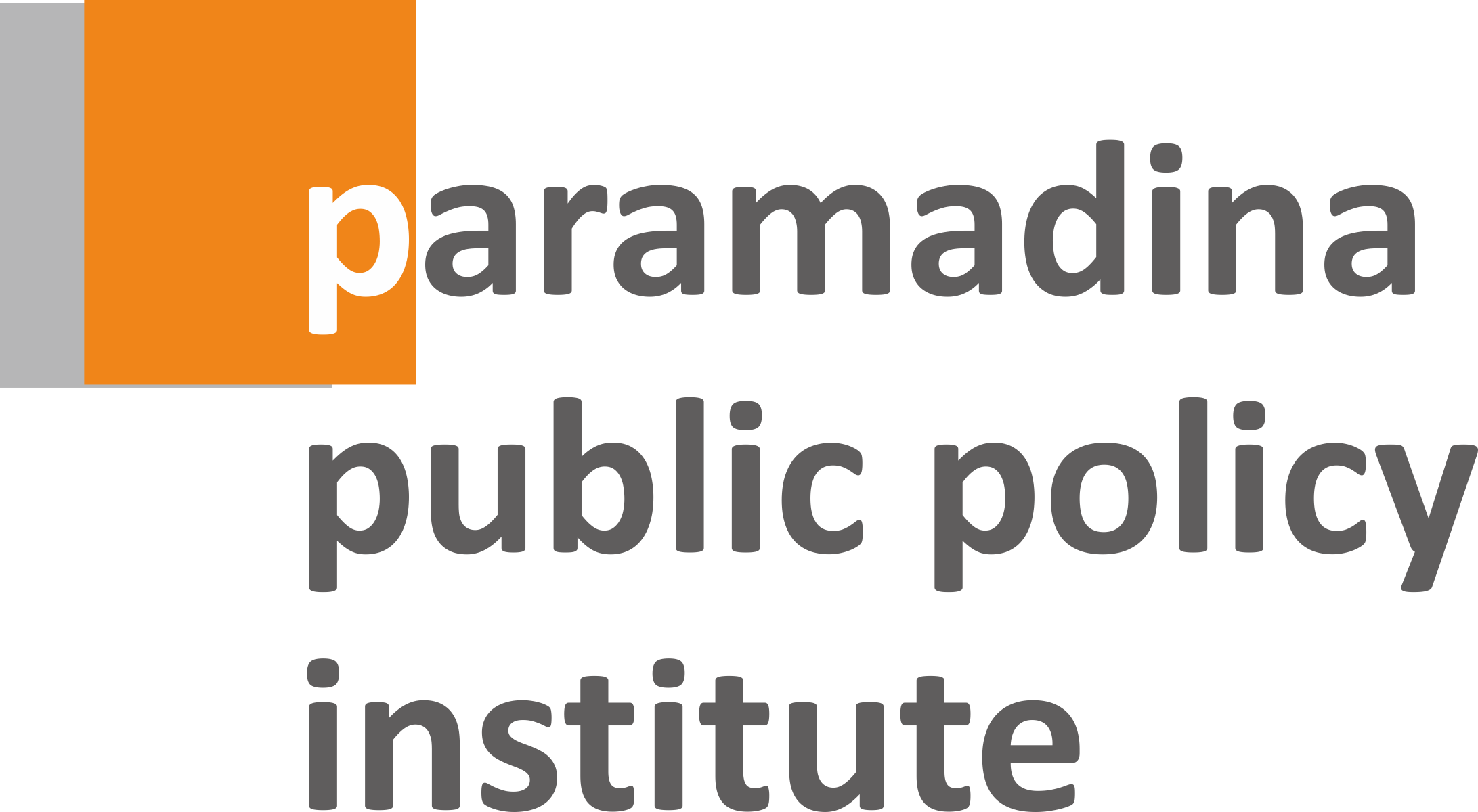
March 21, 2018
The decision of one of Islamic state universities in Indonesia to ban niqab and then threaten its student to be made leave from universities is sparking dispute amid the high political tension between government and Islamic groups. The policy fuels the tension as if that pours gasoline into a flaming fire.
Indonesia is not sui generis on the problem of niqab ban. The same applied to some countries in Europe as a target of immigration waves of Muslims from the Middle East. Niqab ban in some countries: France, Belgium, the Netherlands, Bulgaria, the German state of Bavaria, and Denmark got high resistance as well.
Muslim-majority country is not immune either from the problem. Niqab ban also took place in Morocco where Muslim is 99% from the total population. The main reason for the ban was security. They contended the niqab can help criminals and terrorists hide their identities. Not only does the ban address the usage but the sale and production of burqa as well (TheJakartaPost.com, 13/01/2017).
Freedom and security
The defensive argumentation of niqab does not only rise from primordial religious groups, but human rights activists as well. Their main argument is human rights. One of commissioners of Indonesia’s National Commission on Violence against Women, for instance, reasons that the niqab ban is as problematic as niqab mandatory. For them, wearing niqab is part of women physique autonomy (Detik.com, 03/06/2018).
Freedom and security has been lasting debate in the West particularly after 9/11 terrorist attack. Public becomes divided on whether security is more important than freedom and vice versa. Another question is to what extent freedom can be violated or sacrificed for security.
Divided public reaction demonstrates the battle to find a proper balance between freedom and security. However, the niqab ban debate in Indonesia is not as complicated as freedom and security disagreement in the West. Security restriction debate as prevention for terrorist attack goes deep to the privacy discussion because the expansion state authority in collecting information and data for security is recognized as threat to civil liberty.
Niqab and Islamization in Indonesia
Indonesia as a Muslim-majority country even the largest Muslim country in the world is often differentiated from other Muslim communities as moderate and distinct. The culmination of Islamization in Indonesia is in the 14th century as Islam in the Middle East as center of Islamic wide spreading had decadency. That is the reason Islam in Indonesia is called as late Islam and then tends to be mostly syncretic.
The journey of Islamization in Indonesia has yet found the edge. Their maneuver often has to deal with the sociocultural realities which is so diverse and strong that they have difficulties in releasing their agendas. The factors have significant contribution for development of the Indonesia distinct Islam.
The independence of Indonesia from colonialism happened in the same period of abolishment of the Caliphate system in Islam so that the situation rose Islamic revivalism. The revivalist tended to bring their agenda in politics as their penetration to state power for Islamization. However, these efforts have been unfortunate.
The first two decades of Indonesian independence under the rule of the Old Order of the Islamic group were confronted with nationalist and communist groups. Under Guided Democracy, Muslim violence group was successfully eradicated. For thirty years under the New Order’s rule the position of Islamism confronted with military authoritarianism regime that restricted their political maneuver.
Reformation Era in 1998 that promised political freedom brought new opportunity for Islamization. The Islamist used the political opportunity and tried to repeat the electoral success of Islamic party in the first decade of Indonesia independent. However, their political capacity was not able to consolidate Muslim diverse political orientation.
Under liberal democracy atmosphere in Reformation Era, Islamization comes with various ways. The technology of information allows their movement to be more aggressive. By technology, they become part of global movement that lets them to learn Islam directly from Middle East. Niqab spreading in Indonesia proves the effective transfer of Islamic teaching directly from the Middle East.
The failure of Islamization through violence and nonviolence ways puts Islamist groups continually up to a hostile position with the state. In contrast, as comparison, Islamization of politics in Malaysia is so successful that Islamization to great extent becomes state-led while Indonesia is vice versa, civil society-centered (Andreas Ufen, 2009).
The hostility between state and Islamists becomes more intensive under President Joko “Jokowi” Widodo administration. Presidential election in 2014 polarized society as Islam and non-Islam. Moreover, the blasphemy alleged to Basuki “Ahok” Tjahaja Purnama, the former Governor of Jakarta, in 2016, intensified the tension.
The situation results new political opportunity for Islamists. They effectively mobilized Muslim rallies in fantastic size. The action is imaged as “nonviolence” and anti-political parties as their tactical choice and they try to create new opportunities for mobilization against government by using Islam as collective identity.
Conclusion
Security reason that niqab can be abused for crime proposes allows the possibility of state to ban niqab. The policy can be found either in the countries where Muslim is minority or Muslim is majority, even about to100% Muslim such as Morocco. However, before employing the policy in Indonesia, there are some situation that must be considered.
Indonesia has special treatment compared to two contrast characteristic countries. Muslim in Indonesia is about 80% with very dynamic and diverse characters. Islam as collective identity is irritable. If the regulation addresses particularly niqab, the policy will get resistance from Islamist groups.
As solution and recommendation, the policy makers should preferably address the substance of the policy in general language regardless of its material forms. The niqab ban is part of consequence of the regulation that is not limited to other forms of face-covering one such as masker and helmet for certain proposes e.g. examination, ATM machine et cetera. Therefore, the policy can reduce the political risk of identity-based community resistance to great extent. (*)
